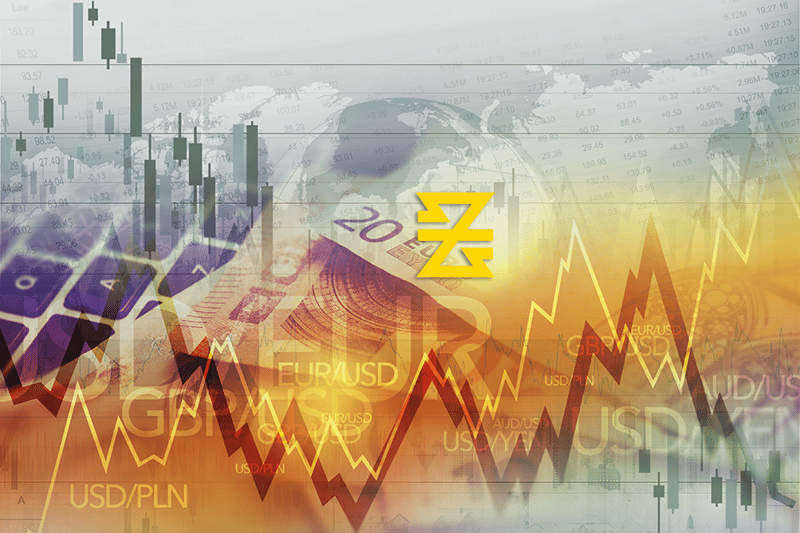 When you open a trade you are required to put forward your account funds to cover some or all of the cost of the trade. This required amount is called your trade’s margin requirement.
When you open a trade you are required to put forward your account funds to cover some or all of the cost of the trade. This required amount is called your trade’s margin requirement.
The other funds in your account that you haven’t committed to margin are also commonly referred to as available or ‘free margin’. You can choose to leave these additional funds in your account where they may serve as a buffer to cover additional equity requirements from trade losses, use them to serve as margin for new trades, or even withdraw them.
Please note that if you end up reducing your free margin by any means, you run the risk of potentially not having enough funds for supporting your current open trades’ margin requirements.
To go over this scenario in more detail, when the trading market prices move against your trade’s value, your account will automatically absorb these price changes as losses. This means your account equity will reduce to reflect the value losses.
Then, when account funds are limited, say where the majority of your account funds are committed to margin requirements, the trade losses will begin pulling funds from those reserved margins.
Consequently, on many platforms, when you don’t have enough funds to support your ongoing trades’ margins, you will receive a margin call and can ultimately experience trade stopouts.
What does it mean when I receive a margin call?
As you may already know a margin call occurs when your free margin falls below a certain required margin level. This is essentially a warning that the funds available for covering margin are low and you are at risk of having your trades closed (i.e. stopped out).
Once you receive a margin call warning, we suggest you take action in order to prevent the system closing your open trades and there are a few things you can do. Yet, before discussing these, let us discuss the difference between platforms around margin calls.
Are margin call levels different across brokers and trading platforms?
Depending on the platform and broker you use, margin-call alerts can signify different equity to used margin percentage levels. For example, many brokers that use the Metatrader 4 (MT4) platform will often set up margin-call alerts to activate on your account when your equity level lowers to 90% of your committed margin.
( Equity / Used Margin ) x 100% = Equity to Used Margin, Percentage Level
If your equity continues falling and reaches 20% of the margin requirement, the system will stop some or all of the trades in an effort to free up equity for the needed trade’s margin requirements. Please note that MT4 will begin closing trades with the biggest losses first until there are enough available funds for the needed margin.
On the other hand, many brokers providing the cTrader platform are not able to elect an automatic, equity to used margin, alert level. This means that you will likely not be notified when your equity levels fall dangerous low to automatic stop out levels. Thus, you will need to set up and customize your own margin-call alert levels with this trading platform.
Please note that the cTrader platform will stop out your trades when your equity to margin level reaches 50%. With this in mind, we suggest you establish multiple alerts to provide yourself plenty of notice for better managing your trades to prevent unforeseen stopouts. When cTrader begins closing positions, the platform will start by closing trades that require the most amount of margin first, until enough equity is available to support other open positions (if there are any).
What are my options if I get a margin call?
You have a few options when you receive a margin call alert:
Sometimes after an alert, you might anticipate that market pricing will quickly reverse. Therefore one option is choosing to not take direct action. Yet, keep in mind that when prices are moving against you and you don’t properly manage your trades, or add additional funds to your account, you run the risk of your equity continuing to fall. Ultimately, reductions in equity can quickly lead to trade stop outs.
In an effort to prevent trade stop outs, a second option, which is the surest and quickest way to increase your available margin, is to deposit additional funds into your trading account. A third option for you would be to overtly increase your free margin by closing specific trades that are taking up most of your committed margin. A fourth option you might take, if your broker allows it, would be for you to increase your account leverage. Yet, when considering whether or not you should increase your trading account leverage, you should keep in mind that using higher leverage is a double edged sword. You can read more over leverage and other trading tools here.
We have discussed margin calls, how to manage them and which options you have when you get one. Understanding a margin call and how it works is essential for successful trading. At Baxia Markets we care for our clients and want to provide you with valuable resources to help your growth as a trader. Information is power and a great way to get ahead of other traders is to increase your knowledge on basic elements of trading.
You can also subscribe to receive Markets News for all the trending topics around trading.
We love to hear new ideas from traders and want to know what you think! If you like this topic and want to suggest future topics that you find helpful, let us know by clicking the ‘submit your feedback’ button below.
Interested in learning more about trading? Visit our Educational Center below.
